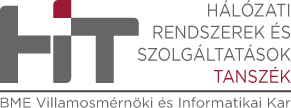Multi-Modal Surface Representation Learning for UAV and Satellite Imagery
Description:
In complex environments, relying on a single data source is often insufficient for accurate road or target extraction. This research integrates UAV imagery, satellite embeddings (AlphaEarth Foundations), LiDAR, and climate data for multi-modal fusion. The goal is to explore surface representation learning methods that combine global and local information, improving road detection accuracy while supporting disaster monitoring and environmental assessment.
Objectives:
Multi-Modal Feature Fusion:
Fuse UAV images, high-resolution satellite embeddings, and other environmental data (LiDAR, climate).
Use Transformer/Attention architectures to jointly model global and local features.
Spatio-Temporal Modeling and Dynamic Prediction:
Integrate temporal sequence information to predict road changes or disaster impact.
Enable dynamic road or target detection.
Visualization and Application:
Build an online visualization tool for real-time display and analysis of multi-modal data.
Innovation:
Combines AlphaEarth embeddings as global context with high-resolution UAV imagery for novel multi-modal surface representations.
Applicable to environmental monitoring, flood warning, and disaster response scenarios.
Expected Contributions:
Improve road and target detection accuracy in complex environments.
Provide a multi-modal solution for Earth observation and disaster monitoring.
Potential for publication in high-impact remote sensing or computer vision journals/conferences.
Requirements and Technical Skills:
Proficiency in Python and experience with TensorFlow/PyTorch.
Familiarity with Transformer/Attention architectures and multi-modal fusion methods.
Basic experience in remote sensing data processing and visualization.

